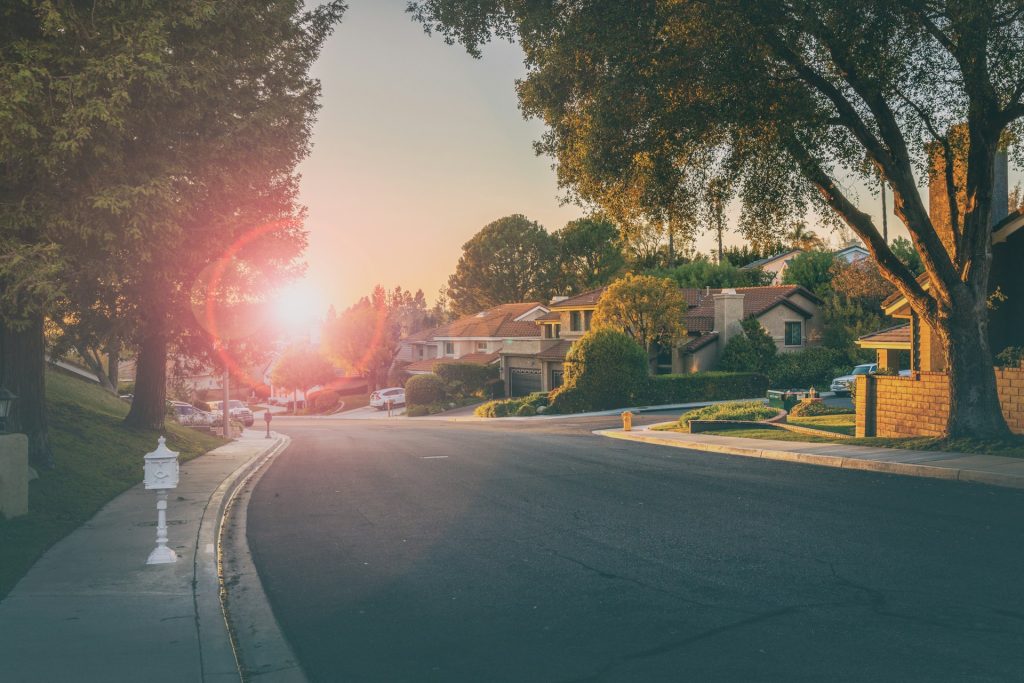
Choosing a new place to live? It’s a big deal. You’re not just picking a house—you’re picking a lifestyle. A routine. A vibe.
Where you live shapes your days. Your habits. Even your friendships.
Whether you’re eyeing the charm of real estate in San Miguel de Allende, Mexico, or considering a modern villa in Las Ventanas San Miguel de Allende, the decision goes far beyond curb appeal.
So, how do you know if a neighborhood actually fits your life?
This guide has the answers.
Let’s walk through it together. From understanding neighborhood types to deciding what really matters to you, we’ll help you narrow it down.
Why Your Neighborhood Matters
You could live in the nicest home on the block. But if the neighborhood doesn’t suit your lifestyle? It won’t feel like home.
Your surroundings affect everything. Where you shop. Where your kids play. How long it takes to get to work.
They also impact:
- Your daily mood
- Safety and comfort
- Social connections
- Future resale value
Bottom line? The neighborhood is part of your home. Don’t treat it like an afterthought.
Urban, Suburban, or Rural: Understanding the Basics
Neighborhoods usually fall into one of three buckets. Let’s break them down.
Urban
Think tall buildings, bustling streets, and nightlife around every corner. City living is all about action and access. You’re close to restaurants, offices, public transit—everything.
But it comes with noise, crowds, and usually… higher prices.
Suburban
This is the middle ground. Tree-lined streets, good schools, and a sense of calm—but with easy access to the city when you need it. Suburbs are ideal for families or anyone looking for balance.
You’ll often find larger homes, backyards, and community events.
Rural
Wide open spaces. Fresh air. Quiet nights. If you love privacy and nature, this could be your happy place. Rural areas are great for slowing things down—but don’t expect a coffee shop on every corner.
Lifestyle Match: What’s Your Daily Vibe?
Here’s the thing: no one neighborhood fits all. Your daily routine should drive your decision.
Do you love walking to the market or hopping on a bike? Prefer peace and space over buzz and traffic? Need good schools or just a great local coffee shop?
Start by asking:
- What does an ideal day look like for me?
- How social do I want my area to be?
- Do I want everything close by or don’t mind a drive?
Your neighborhood should support—not clash with—your everyday life.
Key Factors to Consider When Choosing a Neighborhood
Not sure what to look for? These are the boxes you’ll want to check before signing any lease or deed.
- Commute Time and Transportation Options
Long commutes can chip away at your free time—and your sanity.
Check:
- How long it takes to get to work or school
- Traffic during peak hours
- Access to public transit, bike lanes, or highways
A short commute often means more time.
- School Districts and Educational Resources
Even if you don’t have kids, homes near good schools tend to keep their value.
Look at:
- School ratings and reviews
- Distance from home
- Extra programs (language, arts, sports)
Pro tip: Visit during pickup time. You’ll get a feel for the environment and traffic flow.
- Safety Stats and Community Feel
Safety isn’t just about numbers—it’s about how you feel.
Sure, check local crime reports. But also take note of:
- Street lighting
- Sidewalks
- Whether people are out walking dogs or jogging
A strong community vibe often means a safer environment.
- Access to Amenities: Shops, Parks, and Healthcare
Want to be near a gym? Grocery store? Dog park?
Map it out:
- How far is the nearest hospital?
- Are there parks, cafes, or gyms within walking distance?
- Are sidewalks clean and usable?
The more a neighborhood offers, the more you’ll use it.
- Future Growth and Property Value
A quiet neighborhood today could be a construction zone tomorrow.
Ask:
- Are there development plans nearby?
- What’s the home value trend in the past 5 years?
- Is the area attracting new businesses or families?
Growth can be a good sign—but make sure it aligns with your goals.
How to Choose the Right Fit?
- Make a Lifestyle Wish List
This step is a game-changer. Before you set foot in any neighborhood, write down the non-negotiables and nice-to-haves. This list becomes your compass.
Ask yourself:
- Do I need to be within walking distance of a grocery store?
- Am I okay driving 30 minutes to work?
- Is being near a gym or yoga studio important?
- Do I need access to parks, trails, or open spaces?
Make it real. Make it specific. For example: “Must have sidewalks,” “Needs to allow chickens,” or “Should be within 20 minutes of my sister’s house.”
The clearer your list, the easier it is to say “yes” or “no” to a neighborhood.
- Visit at Different Times of the Day
A quiet street at 10 a.m. might be chaos at 6 p.m. Or dead silent on weekends.
Try visiting:
- Morning rush hour (Are there traffic jams? School drop-offs?)
- Late evening (Are the streets well-lit? Safe to walk?)
- Weekend afternoons (Is it family-friendly or party central?)
Also, pay attention to parking availability, noise levels, and general activity. Your future self will thank you.
- Chat with Locals and Explore On Foot
Want the inside scoop? Talk to the people who live there.
Say hi to a dog-walker. Ask someone at the local café how they like the area. Mention you’re thinking of moving there and let the conversation flow.
Good questions to ask:
- “What do you love about living here?”
- “Is there anything you’d change?”
- “Are there any issues I should know about?”
Walking the neighborhood helps, too. You’ll spot things you’d miss in a car—like cracked sidewalks, overgrown yards, or welcoming porches with kids playing outside. Those small details paint the bigger picture.
- Use Online Tools and Map Overlays
You don’t have to guess. The internet is your friend—use it wisely.
Here’s what to check:
- Crime maps: See what’s happening in the area
- School ratings: Even if you don’t have kids, good schools matter
- Walk Score & Bike Score: Rates how easy it is to get around without a car
- Google Street View: Virtually “walk” the block before visiting
- City plans: Check local government websites for future developments or zoning changes
Don’t just rely on listings—dig deeper.
- Check HOA Rules and Community Guidelines
If the neighborhood has a homeowners’ association (HOA), get familiar with the rules before you fall in love with the place. HOAs can shape the entire feel of a community.
Important questions:
- Are there monthly or yearly fees?
- Can you rent out your property?
- Are there restrictions on paint colors, landscaping, or fencing?
- What amenities (pools, gyms, clubhouses) are included?
Some people love HOAs for the structure and shared resources. Others find them too restrictive. Know your comfort zone.
Your Perfect Neighborhood is Out There
Choosing the right neighborhood is a mix of planning, intuition, and knowing yourself. Take your time, trust your instincts, and use the tips above to guide you.
Your ideal spot isn’t just a place on a map—it’s where your lifestyle fits, your values align, and your days feel right.
The right neighborhood isn’t just out there. It’s waiting for you to find it.
